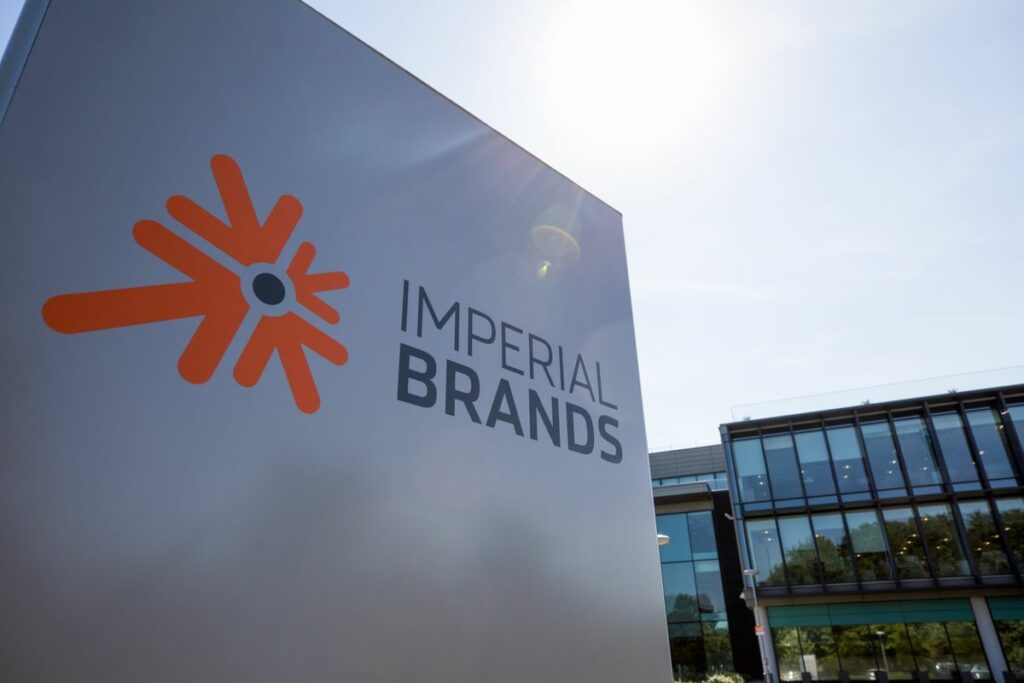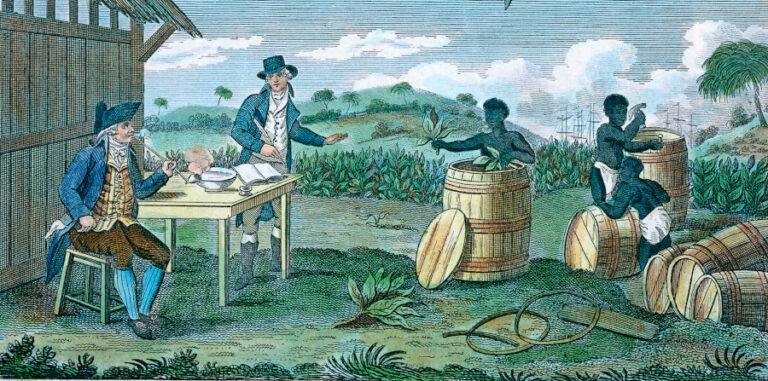Tobacco production has always been a profitable industry in the world. The global tobacco market was valued at over $852,9 billion in 2020 according to Global Nicotine Ecosystem by Product Category Value and Volume Sales in 2020 Table of Global Trends in Nicotine Report in 2021. The Estimated cigarettes production in 2020 over top 20 Cigarette Manufacturers is 5.633 trillion sticks according to Universal Leaf Tobacco Company, Inc’ 2021 Supply and Demand Report, which is approximately 150.6 billion sticks fewer or a 2.6 % drop from the estimated 5.784 trillion in 2019. We define the nicotine ecosystem as the major players in the business of nicotine delivery through cigarettes, cigars and cigarillos, smoking tobacco, smokeless tobacco, heated tobacco products, tobacco-free oral nicotine, vaping products, and nicotine replacement therapy (NRT) smoking cessation aids. Many corporations spend resource on developing and innovate the flavor, newer cigarettes for smoke –free future, and packaging to increase volume sales and faster return on investment. Studying the existing market leaders will probably help you to better comprehend where the tobacco industry is and where it’s going. We’ll discuss the top 5 tobacco firms in the world in this article to provide you that knowledge.
1. China National Tobacco Corporation. Beijing, China
With revenue increases gradually to $108 billions, the China National Tobacco Corporation (CNTC) is the world’s largest producer of cigarettes and primarily serves the huge Chinese domestic market. A state-owned entity, it is increasingly looking to develop overseas markets. The CNTC is not one organization but manages hundreds of cigarettes companies, manufacturers, suppliers, and growers of varying size. China Tobacco currently owns over 900 cigarette and tobacco-related brands. Their largest brand is named Hongtashen, and accounts for just over 4% of their total sales. These companies also invest in other internal markets such as real estate, transportation, hotels and finance.
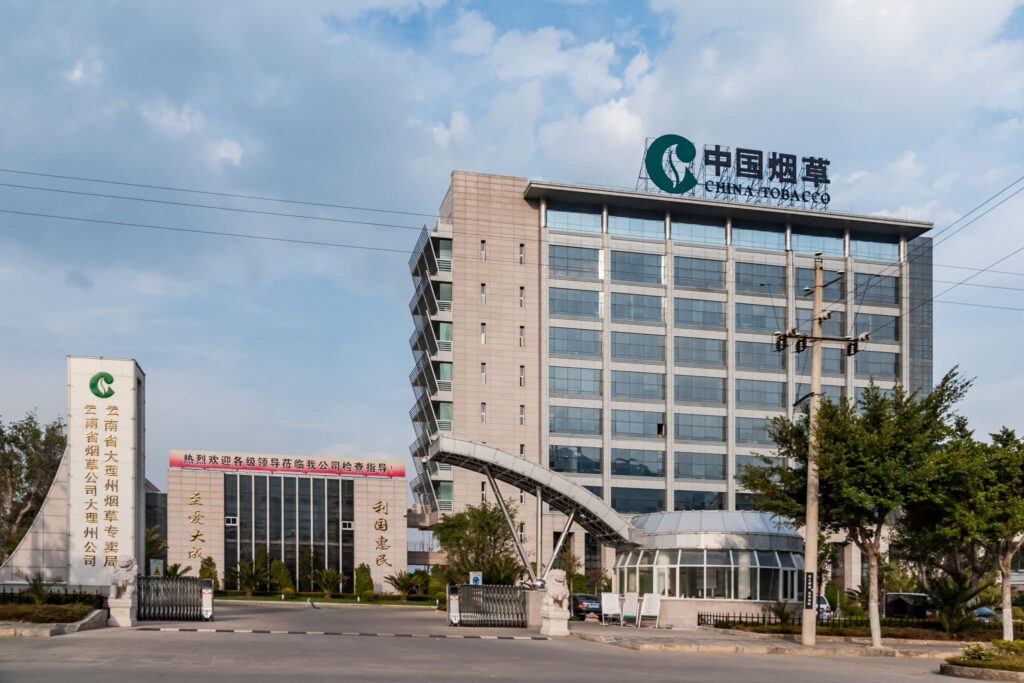
2. British American Tobacco. England, United Kingdom
British American Tobacco is a multinational company that produces tobacco, cigarettes, and other nicotine-based products. In June 2020, it reported total revenue of nearly $35.71 billion, with 90% of its earnings coming from cigarettes and other conventional products.
Popular BAT cigarette brands include Dunhill, Kent, Lucky Strike, Pall Mall, Rothmans and Camel. BAT also has a range of newer tobacco and nicotine products, including e-cigarettes (also known as electronic nicotine delivery systems, or ENDS) and heated tobacco products. The company operates and sells its products in over 180 countries. British American Tobacco are sponsors and join venture with many organizations and companies to keep their brands relevant among consumers.
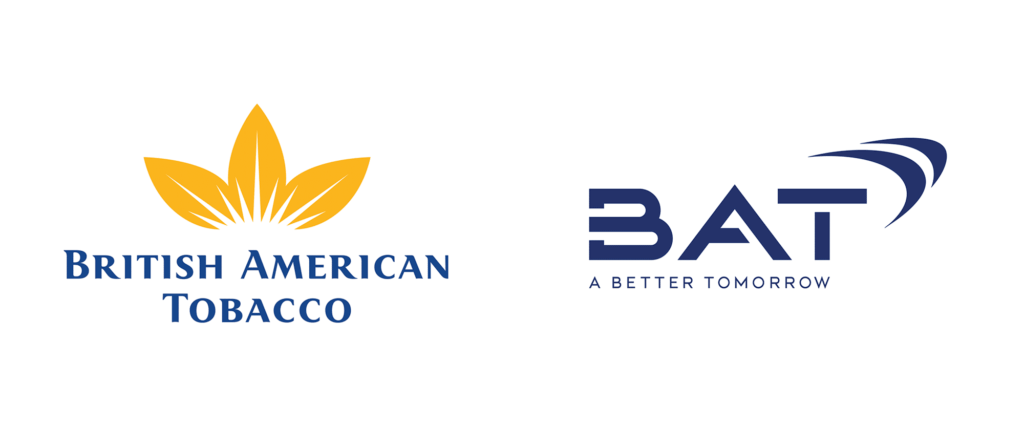
3. Philip Morris International. Lausanne, Switzerland
Philip Morris International (PMI) is the largest tobacco company in the world (excluding the Chinese National Tobacco Corporation) with revenue of 76.05 billion USD (Fiscal Year Ended December 31, 2020). Until a spin-off in March 2008, Philip Morris International was an operating company of Altria. Altria explained the spin-off, arguing PMI would have more “freedom,” i.e. leeway outside the responsibilities and standards of American corporate ownership in terms of potential litigation and legislative restrictions to “pursue sales growth in emerging markets”, while Altria focuses on the American domestic market
The company owned six of the top 15 international cigarette brands in 2018. Its global cigarette brands are Marlboro (the world’s bestselling international brand), Merit, Parliament, Virginian S, L&M, Philip Morris, Bond Street, Chesterfield, Lark, Muratti, Next and Red & White. Marlboro, which alone accounts for 80% of the company’s entire global sales each year. As the harms from conventional products have become better understood, and tobacco control measures have been put in place, the cigarette market – from which tobacco companies make most of their profits – has started to shrink. To secure the industry’s longer-term future, transnational tobacco companies (TTCs) have invested in, developed and marketed various newer nicotine and tobacco products. The company’s much publicized vision for a “smoke-free” future is one in which PMI plays a central role in better alternatives to smoking for those who don’t quit.
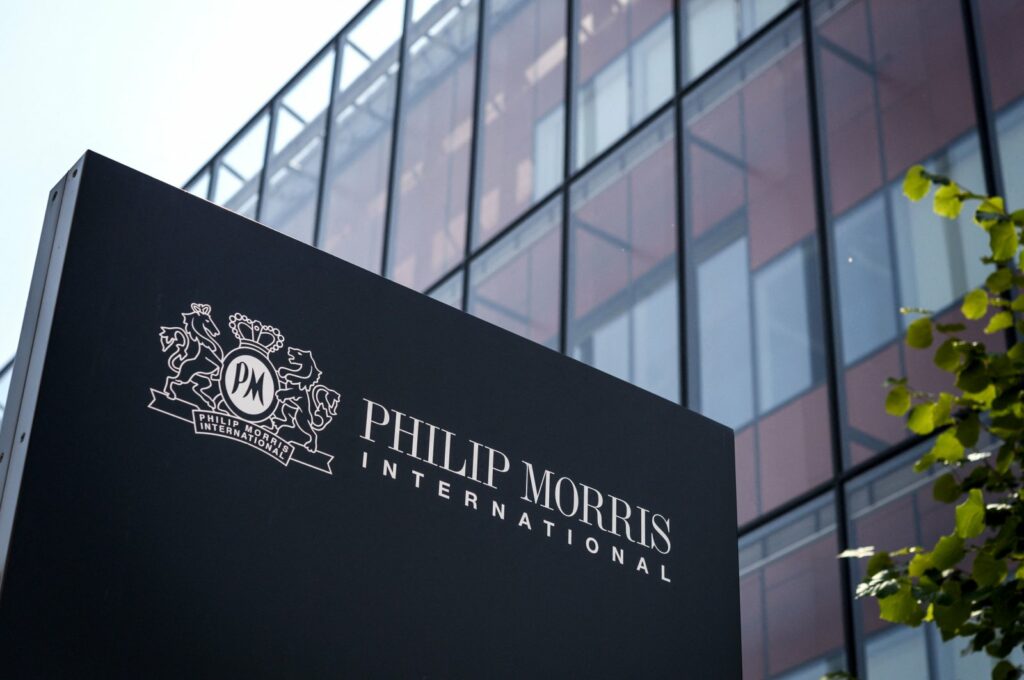
4. Japan Tobacco Inc. Tokyo, Japan
Japan Tobacco Inc. is the largest cigarette manufacturer in Japan, possessing 66.4% of the country’s cigarette market. It was an entirely state-owned entity under the name Japan Tobacco and Salt until it became publicly listed in 1985.The company was formed in 1999 when the Japan Tobacco Group spread into the international market by the acquisition of several companies around the world. In 1999, the Japan Tobacco Group bought the US multinational RJ Reynolds. In 2007, JTI bought another major tobacco manufacturer, Gallaher. JTI’s headquarters are in Geneva, Switzerland. JTI’s brands number over a hundred and include Winston, Mevius(previously called Mild Seven), Camel, LD, Glamour, Benson & Hedges, Silk Cut, and Amber Leaf and Old Holborn rolling tobacco in addition to two electronic cigarettes: Logic and Ploom.
The JT Group pledges to further up efforts to reduce Greenhouse Gas (GHG) emissions across its entire value chain and attain Net-Zero GHG emissions by 2050, according to a recent announcement by Japan Tobacco Inc. Given the growing worldwide environmental concerns, The JT Group is aware of its crucial role to aid in the transition to a decarbonized society. The Group has amended its “Energy and Emissions” targets in the current “JT Group Environment Plan 2030” to support this, and it wants to achieve carbon neutrality for its own operations by that year.
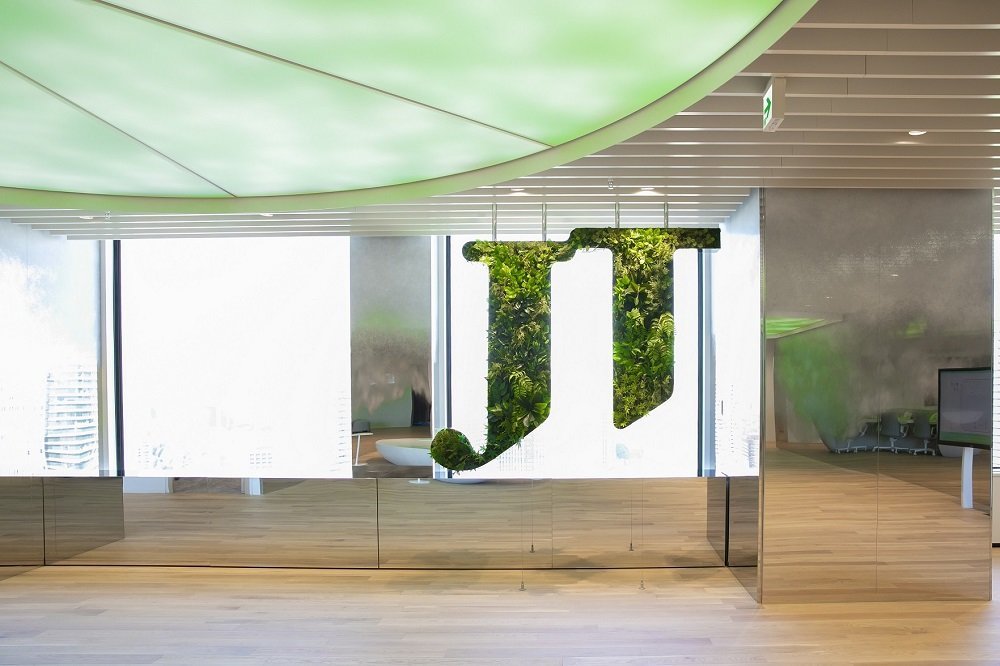
5. Imperial . England, United Kingdom
It is the world’s fourth-largest international cigarette company measured by market share after Philip Morris International, British American Tobacco, and Japan Tobacco, and the world’s largest producer of fine-cut tobacco and tobacco papers. Imperial Brands produces over 320 billion cigarettes per year, has 51 factories worldwide
In 2020 Imperial operated in 160 countries, selling cigarettes, roll your own (RYO) tobacco, smokeless tobacco, cigarette paper, and cigars. Its main brands are Davidoff, Gauloises Blondes, JPS, West, Fine, News, Winston, Bastos, Lambert & Butler and Parker & Simpson (cigarettes); Drum and Golden Virginia (RYO), skruf (Swedish-style Snus); Rizla (cigarette papers and filters). Its e-cigarette brand is Blu and its heated tobacco is Pulze.
Imperial Brands, formerly known as Imperial Tobacco Group, is a multinational logistics and cigarette company that generates revenue from the sale of its products in more than 120 locations throughout the world. Imperial Brands’ new transformational approach and long-term value creation plan were unveiled in January 2021 by Chief Management Stefan Bomhard and other members of the executive team. Changes to their culture and methods of operation, which will put the customer at the core of our organization, complement their strategic approach.
Their new strategy plan will eventually result in a stronger and more reliable performance in both conventional tobacco products and next generation products (NGP).
